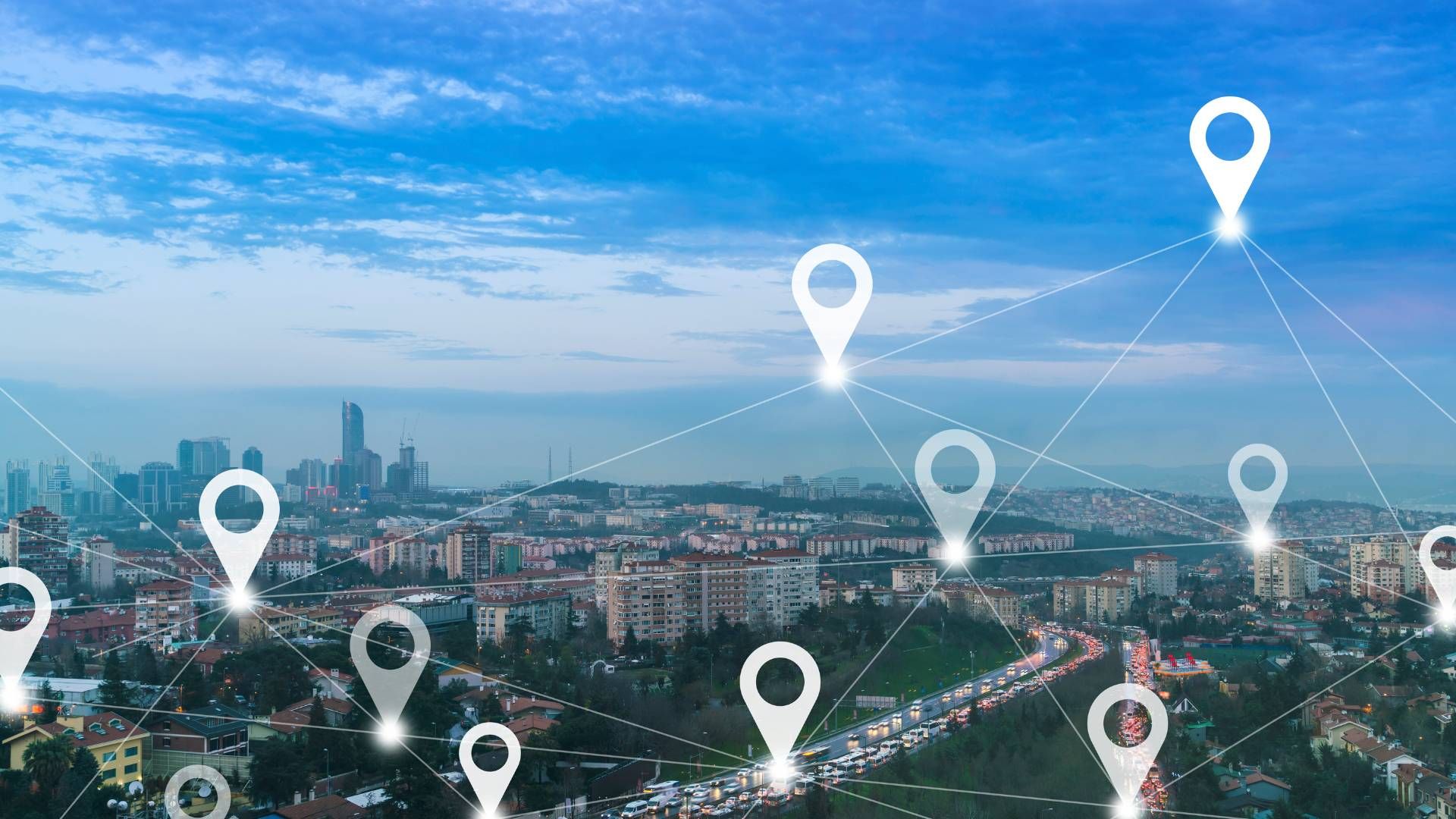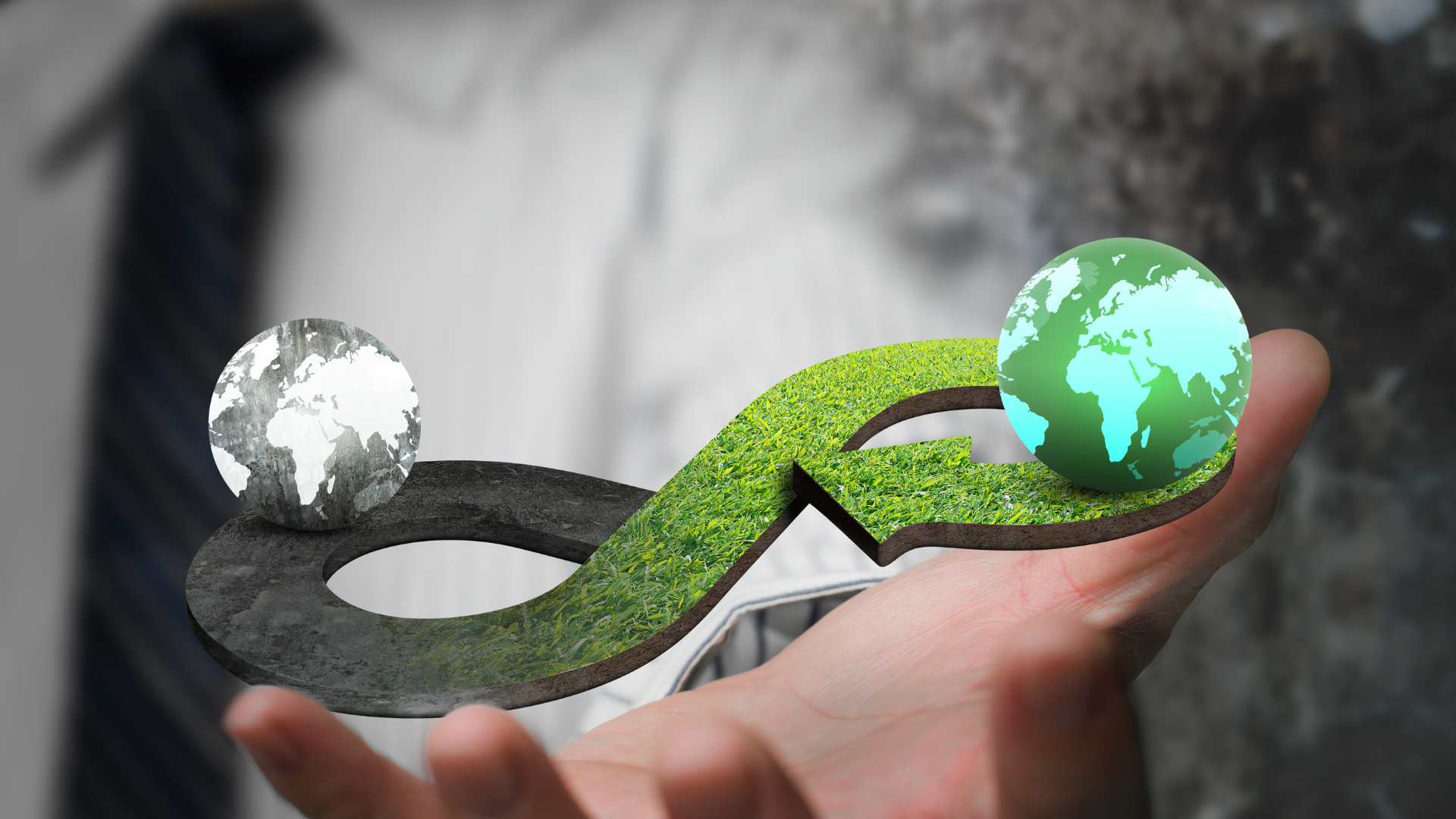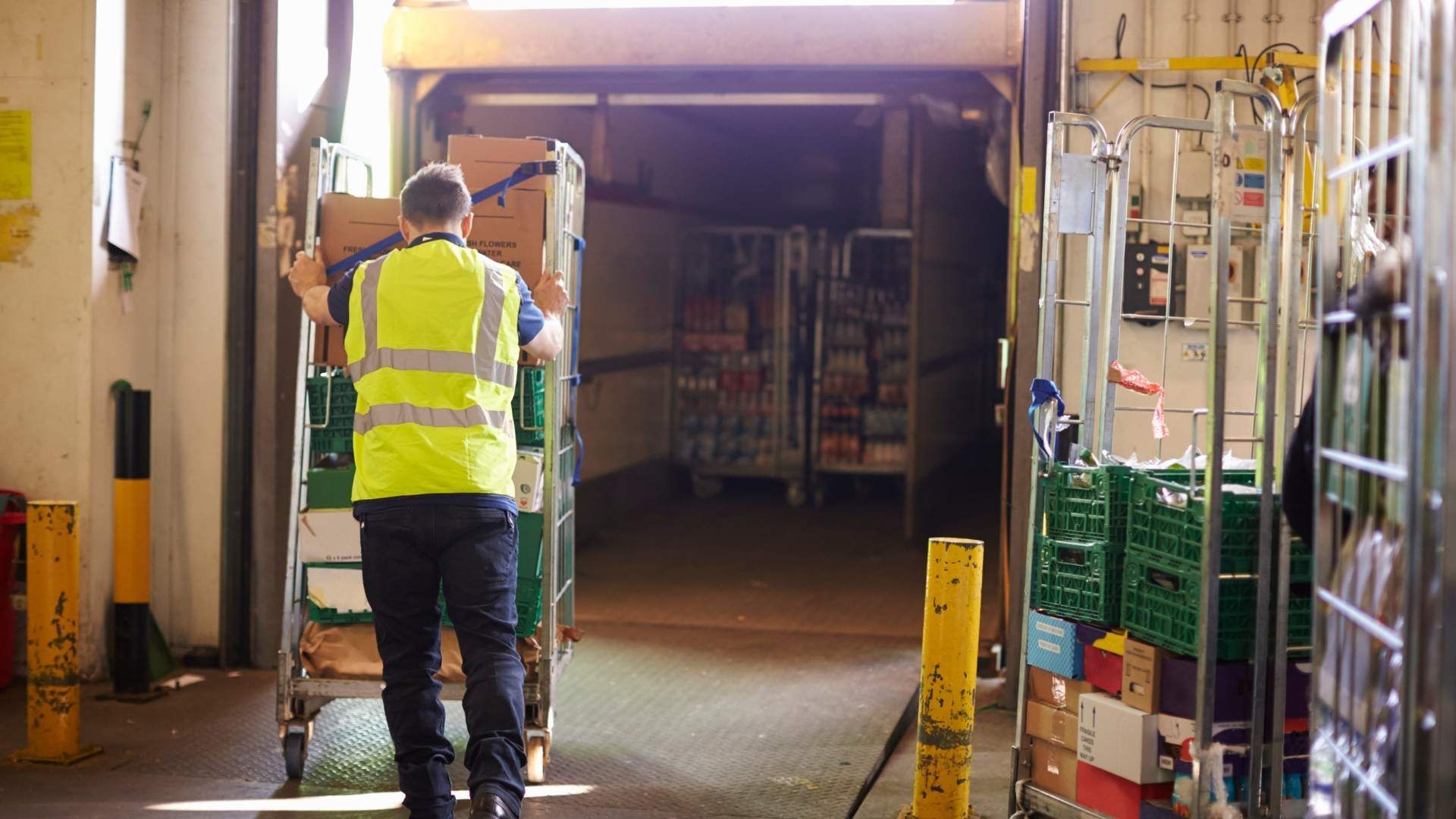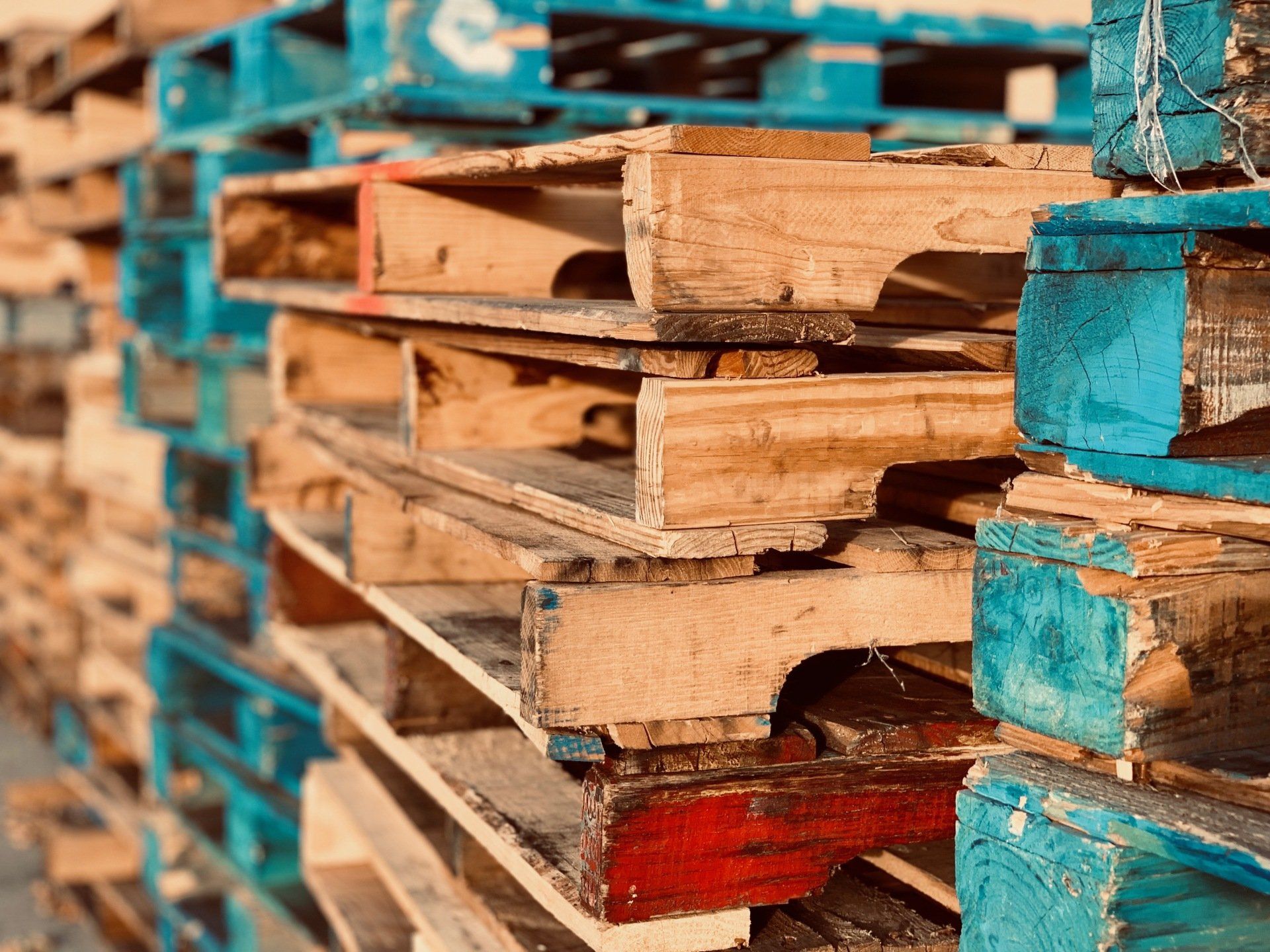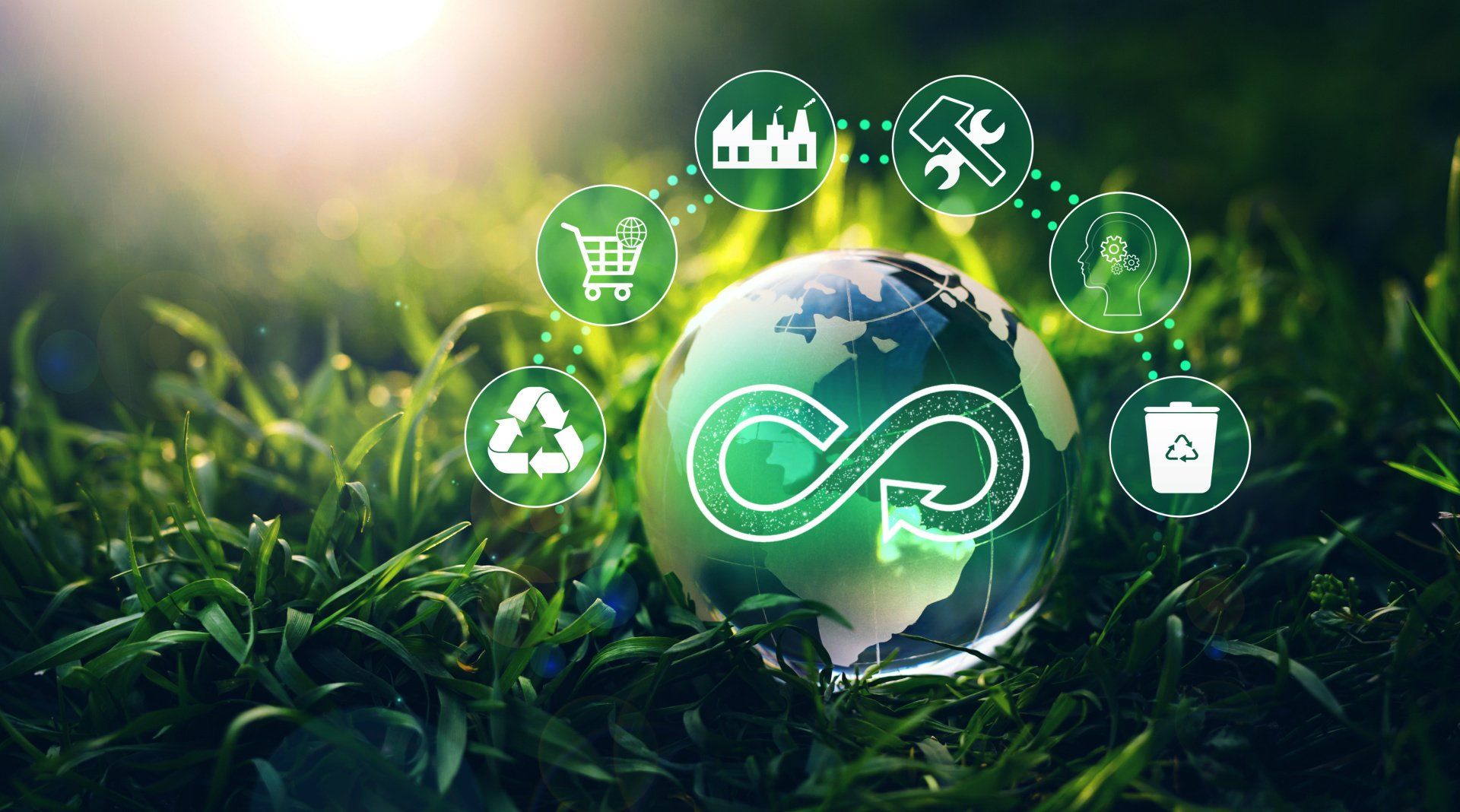News...
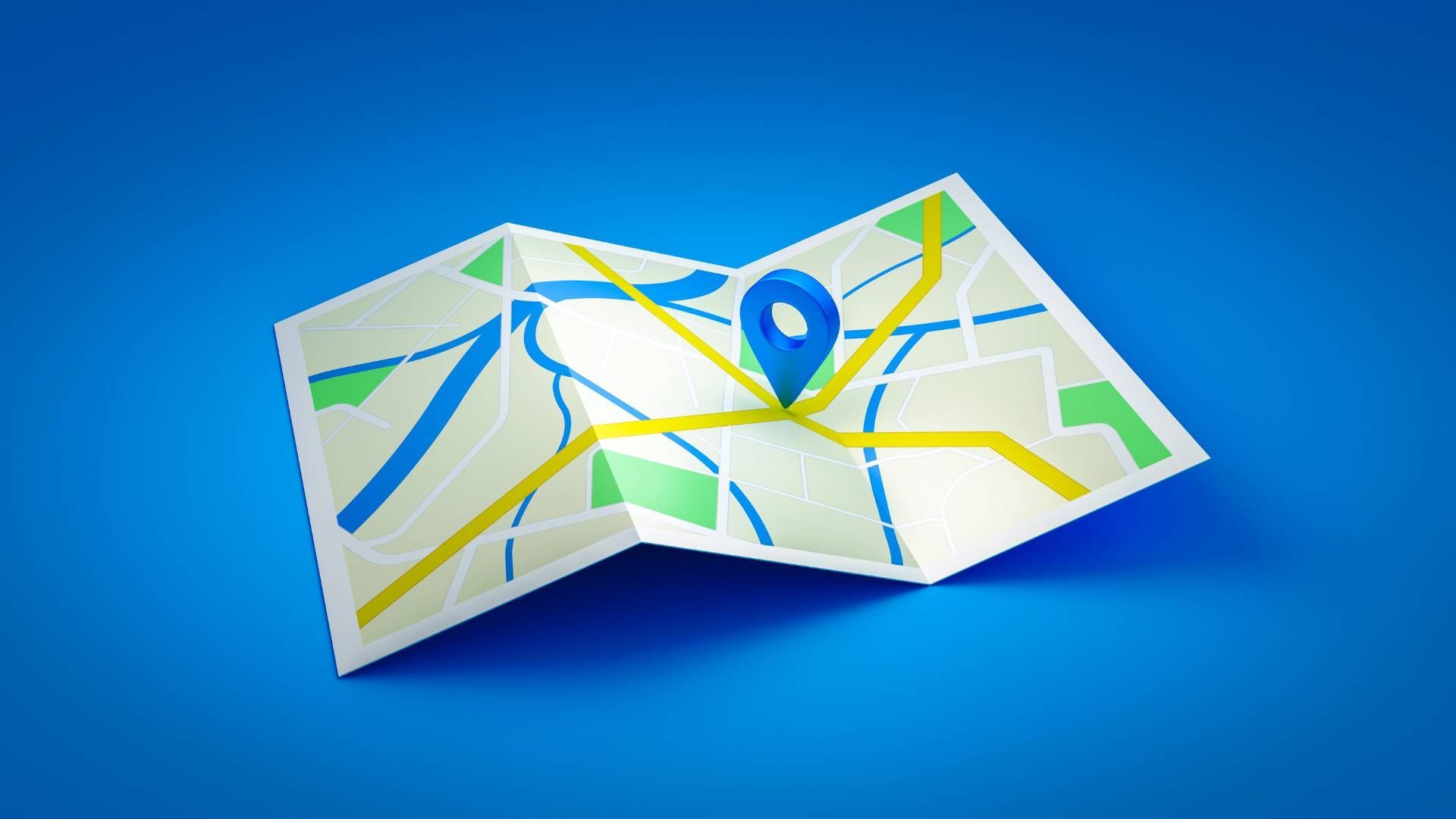
By chris.cooper
•
October 30, 2024
Tracking your assets is vital to creating a supply chain that works for you, your team, and your external stakeholders. Sensize helps customers across the globe track their logistics operations to gain valuable, actionable insights that support their operations. Take a look at the most frequently asked questions we hear from customers and prospects alike below: What devices does Sensize use for tracking reusable packaging? Sensize offers three main devices that can be used in various combinations: a GPS tracker, a dot and an Access Point. These are designed for various use cases such as... GPS Dot Access Point How will I be able to access my tracking data? Alongside our tracking technology, you gain access to the Sensize Platform, our tailored visual reporting system, which gives you all the information you need in an easy-to-understand, digestible format. We also provide raw data access via the Sensize datafeed which you can integrate into your analytics system. By using this you can perform specialised data analysis for specific use cases. What is the Sensize Platform used for? Sensize offers a platform for reusable asset tracking and monitoring, primarily focused on assets like pallets, crates, containers, roll cages, and many others. It integrates various technologies like GPS and BLE to provide real-time insights into asset locations, movements, and conditions. The data that you will have access to also includes information on your inventory stock levels, cycle times, temperature readings, and leakage points. Can the Sensize Platform integrate with partners' systems? Yes, with Sensize, you can choose whether you would like to use our own Platform, or integrate your data in your own portal via the API – or you can do both! Sensize’s API allows for easy implementation across your organisation. Does Sensize provide training around how to use the system and how to best put data to use? Sensize offers comprehensive training for our platform to all users. This training is designed to help you and your team familiarize yourselves with the platform’s features. That includes asset management, geolocations, alerts and reporting features. This helps you make sure your business can fully leverage the portal’s capabilities to optimize your asset tracking and management processes effectively. How do I know when an asset was lost? When an asset ends up where it shouldn’t, Sensize’s tracking gives you a full overview of where each asset is at all times. That means you can see exactly where the asset is and track its movement history, so you can see when it left its planned route and where it has ended up which will usually tell you whether there’s been a theft or a loss. How do I know you can provide me the information I need? We know that when it comes to managing your logistics operations, there is no one-size-fits-all solution. That’s why we work with you and your team to determine the best reports you need to demonstrate a clear ROI from working with Sensize. When necessary, we build custom reports for all our clients to ensure they have the right visibility over the way their supply chains operate that will make a direct impact on the efficiency of the logistics operations within your organization. Can Sensize track assets across different countries? Yes, Sensize can track assets across various countries and continents. We are already supporting operations across the US, South America, Europe and Asia. How does Sensize ensure a long battery life for its devices? Sensize trackers are designed for low power consumption. Our smart trackers are configured to ensure the longest battery life possible – they activate only when necessary and when there is nothing to report (e.g. there is no movement or change in condition), they report less frequently, consuming very little power. Can Sensize devices operate in low-signal environments? Yes, our system assures that even in the most remote areas, our trackers still collect data and will upload history data as soon as the coverage improves and they can connect. Can I configure my Sensize trackers remotely? Yes, the devices can be remotely configured and managed via the Sensize management platform where users can adjust settings whenever necessary. Devices can be upgraded without the need to remove/replace them to upload advanced features as they are developed and rolled out. How does Sensize ensure the durability of its devices? Sensize designs its devices to be rugged and durable, with IP66/67-rated enclosures that are waterproof (and submersible up to 1m) and resistant to dust and impact. This ensures that the devices can withstand any expected environmental conditions, however harsh. My device didn't connect today - is it broken? There are lots of reasons a tracker might be unable to make a connection to the outside world. Trackers are often stored inside buildings away from populated areas and so cellular coverage may be weak. The cellular signal inside the building may be even poorer or non-existent; many warehouses are constructed from metal sheeting which effectively blocks cellular connectivity. In some cold-chain settings trackers may be stored inside industrial freezers; once the temperature is below –10C, the unit will temporarily halt cellular connection attempts in order to avoid potential battery damage. Our devices will regain signal after a few minutes as they boot up again. If the device can't connect, what happens to my data? Trackers store the data they record, including location data and upload it at the first opportunity. So even if a device is stored inside a deep-freezer for weeks, you’ll have its last recorded location and once it is transported to a more favourable location, it will upload the location and temperature record for the missing time. How much data can the device store? To give our customers peace of mind, Sensize makes sure its trackers can store several years’ worth of data. Why don't you report the exact route ("turn by turn") that trackers took when moving between locations? The Sensize system is optimized to provide the kind of information that is valuable to operated logistics, e.g. where do assets get stockpiled, how quickly do they cycle between locations, where do they leak from. Turn-by-turn information is useful for tracking small numbers of high-value assets in real-time but is not useful for large scale business intelligence in the logistics sector.
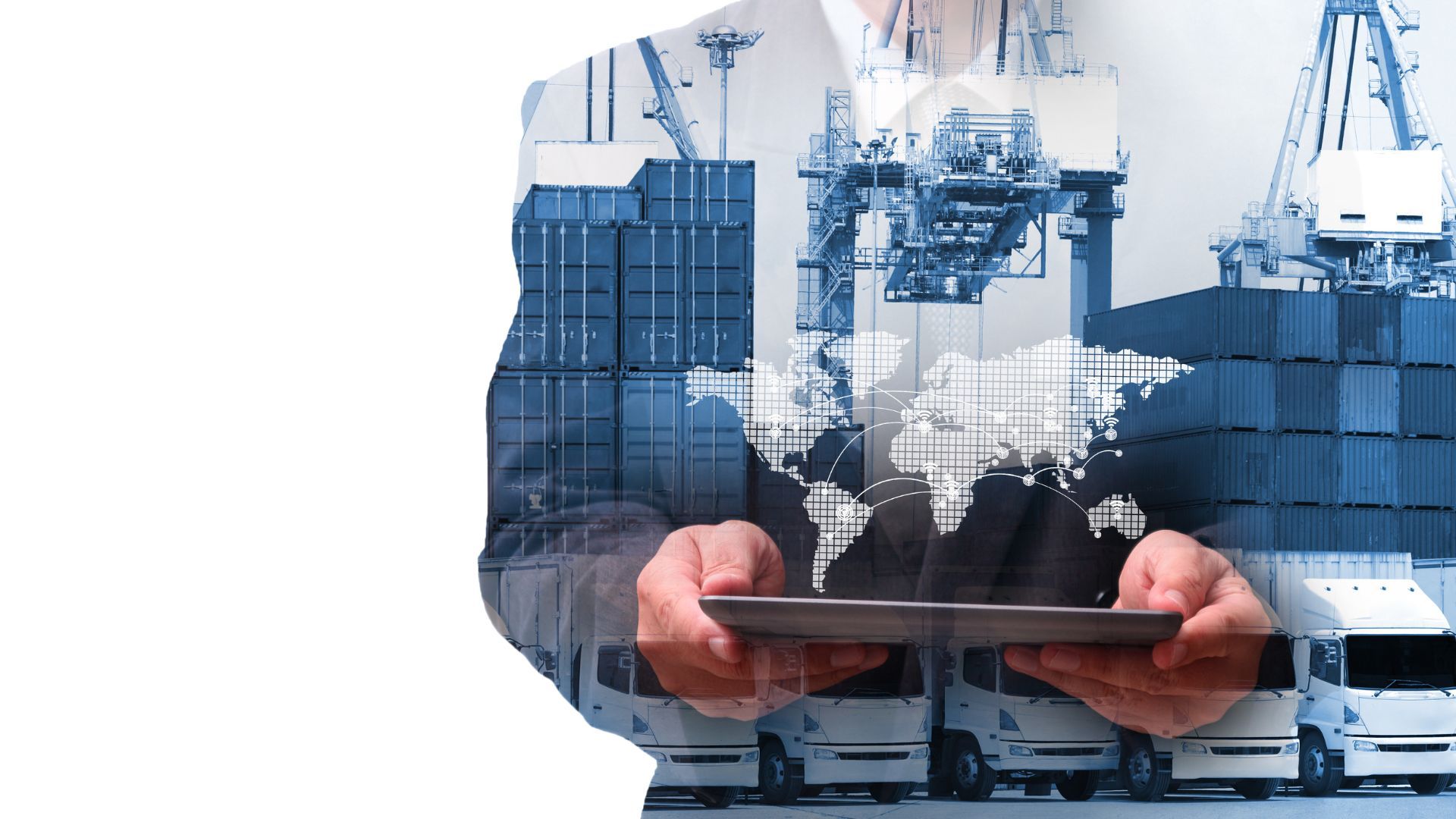
September 18, 2024
Let us start by saying – you’re on the right track. Implementing RFID across your logistics operations is a critical first step for anyone looking to keep track of their assets through distribution channels. For many companies in the logistics space, it can be a costly and time-consuming endeavour, so it’s important that you are making the most out of your RFID technology. At Sensize, we call the implementation of RFID tech the “ultimate first step towards a streamlined supply chain”. But why is that? Why do companies start their tracking journey with RFID technology? RFID technology stands for Radio-Frequency Identification. It uses electromagnetic fields to automatically detect, and track tags attached to anything on your supply chain. That could be vehicles, pallets, roll cages, or any type of reusable packaging. These tags contain a unique digital identification meaning they can be tracked without the need to scan a barcode or even see the tag directly at all. Therefore, logistics managers can completely automate the documentation of shipments moving in and out of warehouses or stores and so, because of this, RFID has become a vital part of many supply chains. For logistic managers looking to explore the capabilities that asset tracking can offer, it’s the best first step, but it’s not perfect. The problems with RFID It’s a catchy headline, but here at Sensize, we don’t think RFID has many problems. However, if you're managing complex supply chains, you may have noticed some limitations and challenges: 1. Location Gaps : RFID is great at checkpoint tracking – it knows when an item enters or leaves a specific area. But what happens between those points? 2. Large Facility Challenges : In massive warehouses, knowing that a pallet has arrived somewhere in the building is helpful, but not specific enough for optimal efficiency. 3. Limited Data Insights : While RFID provides basic tracking, it doesn't offer the rich, real-time data needed for deep supply chain optimisation. Of course, Tag Collision and Reader Collision, where data can become confused due to too many tag/reader interactions at once, can also cause problems for your operations. RFID can also pose a small security risk, as RFID tags can be read by anyone with a compatible reader. If tags have unique serial numbers, these identifiers can be associated to individual consumers creating a potential privacy concern. But the biggest problem with RFID is, if you want to operate with RFID gates, the amount of investment required in its initial installation can be substantial. With such steep investment costs, it’s vital that your supply chain is set up in a way that allows you to make the most out of the data you’re collecting from your tracking efforts. RFID is really good at knowing when an item enters or leaves a warehouse, but what happens when a pallet doesn’t arrive at its expected location or if you’re operating in a larger warehouse where knowing that a pallet has arrived is useful but not entirely helpful? The power of mixed tracking RFID is a great foundation for asset tracking, but if you want to gather the best data to optimise your logistics operations, you need further tracking to work alongside it. That’s where mixed tracking comes in. By combining RFID with, GPS trackers you get a much more comprehensive view of your supply chain. That means you can better identify bottlenecks and where improvements can be made to mitigate delays and run a smoother overall operation. Here's what mixed tracking can do for you: 1. Real-Time Visibility Know where every asset is, not just when it passes checkpoints. 2. Predictive Analytics: Spot trends and predict potential issues before they become problems. 3. Enhanced Efficiency: Identify bottlenecks and inefficiencies with pinpoint accuracy. 4. Loss Prevention: Drastically reduce lost or misplaced assets. 5. Data-Driven Decisions: Make strategic decisions based on comprehensive, real-time data. Your advanced supply chain tracking partner Here at Sensize, we use a range of asset-tracking options to give you a live view of your entire operation with our dashboard collecting real-time data that supports your supply chain. That means that losing pallets or roll cages becomes a thing of the past, as you’ll be aware of exactly where every asset on your supply chain is at all times. Combining technologies is the most optimal way to ensure your logistics operations are tracked fully. If you’ve taken steps to implement RFID and want to build your asset tracking capabilities further, Sensize’s technology can help you get full oversight of your entire supply chain – even in cases where assets would normally disappear.
Enabling the circular economy for plastic packaging
Quick links
Contact
Sensize Privacy Policy: To protect the confidentiality of your device data, Sensize applications and websites may require you to log in.Sensize may collect usage data about the services you access in order to help us diagnose problems and improve the service. Any information we collect in this manner is used strictly within Sensize and is not shared externally.We do not use tracking or marketing cookies or any similar technology.


